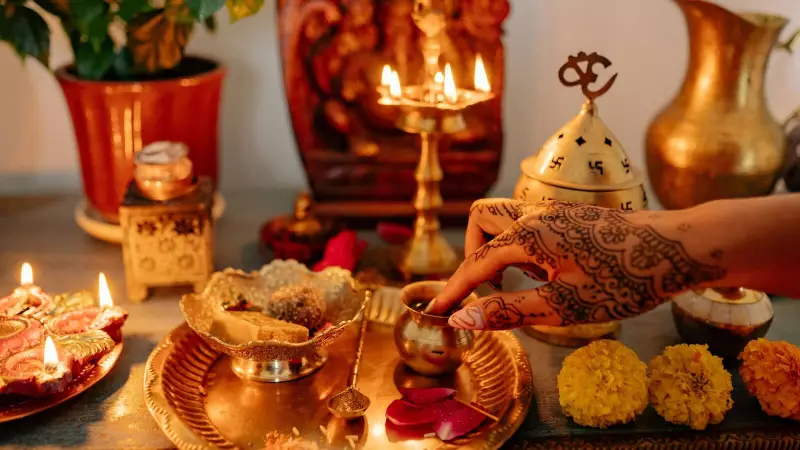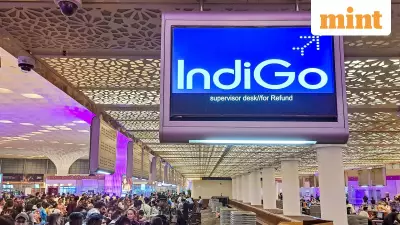
As the festival of lights approaches in 2025, Indian communities across the United States and Canada are preparing for one of the most significant celebrations in the Hindu calendar. Diwali, symbolizing the victory of light over darkness, brings families together for Lakshmi Puja and traditional festivities.
Diwali 2025: Key Dates and Significance
In 2025, Diwali falls on Monday, October 20th, with the Amavasya Tithi beginning at 03:47 PM on October 19th and concluding at 02:26 PM on October 20th. The most auspicious time for Lakshmi Puja occurs during Pradosh Kaal, when devotees welcome the goddess of wealth and prosperity into their homes.
City-Wise Lakshmi Puja Timings Across North America
United States
- New York: 06:57 PM to 08:21 PM
- Los Angeles: 06:13 PM to 07:37 PM
- Chicago: 06:18 PM to 07:42 PM
- Houston: 06:37 PM to 08:01 PM
- Washington DC: 06:49 PM to 08:13 PM
- San Francisco: 06:18 PM to 07:42 PM
- Boston: 06:54 PM to 08:18 PM
- Atlanta: 07:02 PM to 08:26 PM
- Seattle: 06:24 PM to 07:48 PM
- Dallas: 06:41 PM to 08:05 PM
Canada
- Toronto: 06:58 PM to 08:22 PM
- Vancouver: 06:24 PM to 07:48 PM
- Montreal: 06:57 PM to 08:21 PM
- Calgary: 06:45 PM to 08:09 PM
- Ottawa: 06:58 PM to 08:22 PM
- Edmonton: 06:53 PM to 08:17 PM
- Winnipeg: 06:36 PM to 08:00 PM
Understanding the Auspicious Muhurat
The Pradosh Kaal, considered the most favorable time for Lakshmi Puja, typically lasts for approximately 2 hours and 24 minutes after sunset. This period is believed to be when Goddess Lakshmi visits Earth to bless her devotees with prosperity and abundance.
Amavasya Tithi: The Dark Moon Significance
Diwali is celebrated on the Amavasya (new moon) of the Kartik month, which holds immense spiritual significance in Hindu tradition. The absence of moonlight symbolizes the removal of ignorance and the illumination of inner wisdom through spiritual light.
Preparing for Diwali Celebrations
As the diaspora communities across North America gear up for Diwali 2025, temples and cultural centers are organizing special events, while families prepare traditional sweets, decorate their homes with diyas and rangoli, and plan community gatherings to celebrate the festival of lights in its full splendor.





